For SpaceX's historic astronaut launch, the stakes have never been higher
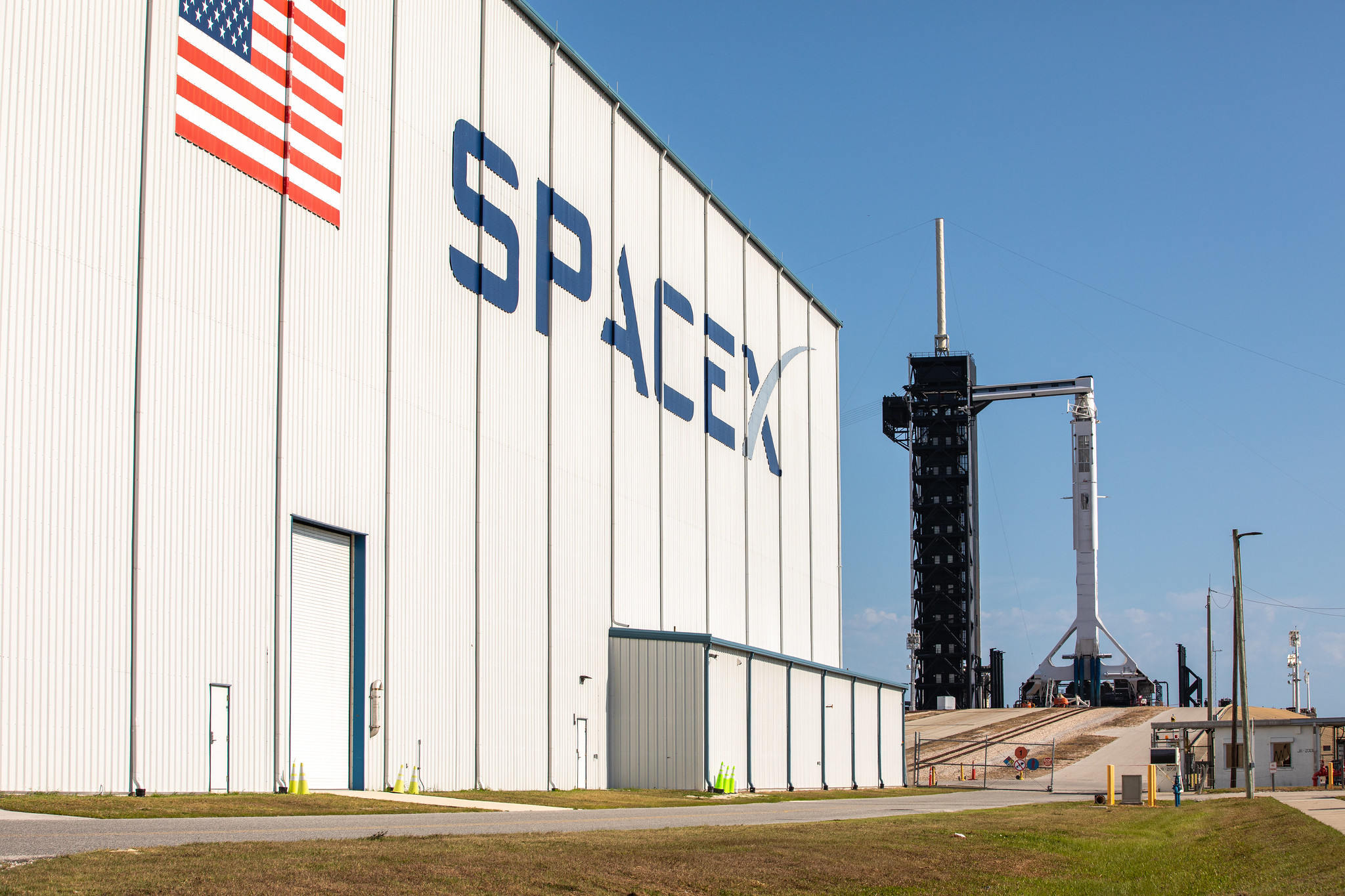
UPDATE: SpaceX's first attempt to launch the Demo-2 mission on Wednesday (May 27) was scrubbed due to bad weather. The next launch try will be on Saturday (May 30) at 3:22 p.m. EDT (1922 GMT).
The stakes have never been higher for SpaceX, which is poised to become the first commercial spaceflight company to launch NASA astronauts to space on Wednesday (May 27).
Not only will SpaceX make history with its first astronaut launch, but Wednesday's Demo-2 test flight will mark the dawn of a new era of human spaceflight in the United States, which hasn't launched its own astronauts to orbit since the space shuttle program ended in 2011.
"This is a unique moment where all of America can take a moment and look at our country do something stunning again, and that is launch American astronauts on American rockets from American soil, and we're going to go to the International Space Station. And what we do there, of course, is we're transforming how we do spaceflight in general," NASA administrator Jim Bridenstine said in a press conference on Tuesday (May 26).
Webcasts: How to watch SpaceX's historic Demo-2 astronaut launch online
Full coverage: SpaceX's historic Demo-2 astronaut launch explained
"The Commercial Crew Program is in fact about commercializing low Earth orbit," Bridenstine said. "We've got resupply, now we're going to have crew, soon we're going to have commercial space stations. And this is a unique opportunity to bring all of America together in one moment in time and say look at how bright the future is. That's what this launch is all about."
Launching astronauts to the International Space Station is only the beginning of SpaceX's grand plans for the future of human spaceflight. SpaceX founder Elon Musk has said that the company aims to eventually send people to the moon and Mars. In the meantime, SpaceX will work to fulfill a $2.6 billion NASA contract to launch six operational Crew Dragon missions to the space station after the Demo-2 test flight.
Get the Space.com Newsletter
Breaking space news, the latest updates on rocket launches, skywatching events and more!
The California-based company, which Musk founded in 2002, made history in 2012, when it became the first private company to launch a cargo ship to the International Space Station. That uncrewed Dragon spacecraft was the first of 21 cargo missions that SpaceX has launched to the orbiting lab to date.
SpaceX was one of two companies that NASA selected in 2008 to launch cargo to the space station. NASA dished out $3.5 billion to SpaceX and Orbital ATK (which is now Northrop Grumman Space Systems) to develop and launch private cargo ships. In 2014, NASA announced that it had selected SpaceX and Boeing to launch astronauts to the space station under a similar contract.
Related: Here's every spaceship that's ever carried an astronaut into orbit
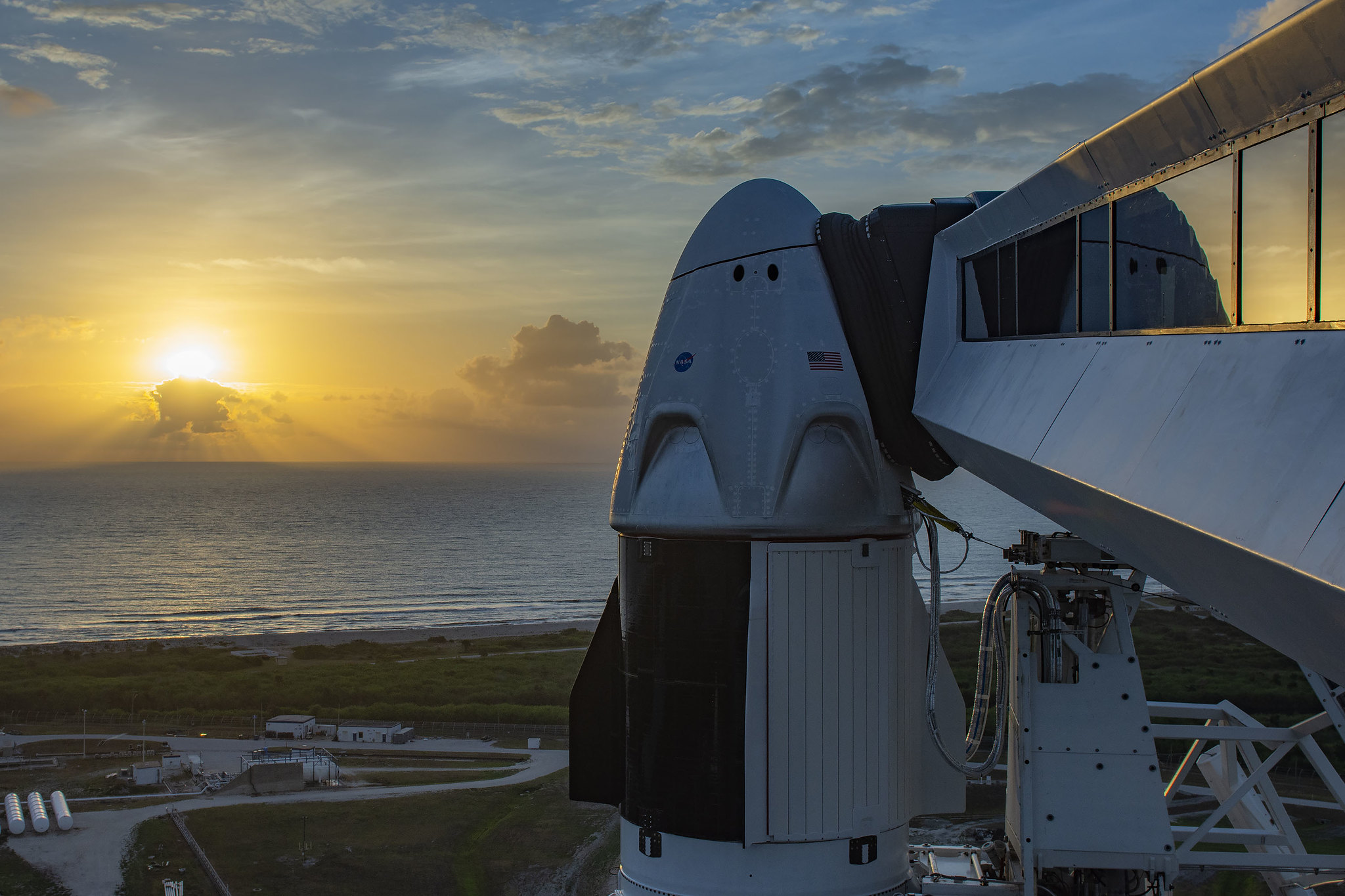
SpaceX's Crew Dragon vehicle is a variant of the cargo ship, with less cargo space than its predecessor but added life support systems, plus seven seats for astronauts to travel in it. Both the crew and cargo versions of SpaceX's Dragon vehicle are reusable, just like the company's workhorse Falcon 9 rocket.
SpaceX made history again in 2015 when it successfully brought a Falcon 9 booster back to Earth and stuck the first-ever upright landing. With its reusable rockets, crew capsules and cargo vessels, SpaceX is on a mission to make space exploration more sustainable and affordable.
"Everything in our trajectory is towards that particular moment — to launch people on a spaceship — and it's a huge step," Hans Koenigsmann, vice president of Build and Flight Reliability at SpaceX, said in a briefing after the launch readiness review on Monday (May 25).
More: SpaceX's historic Demo-2 test flight with astronauts in photos
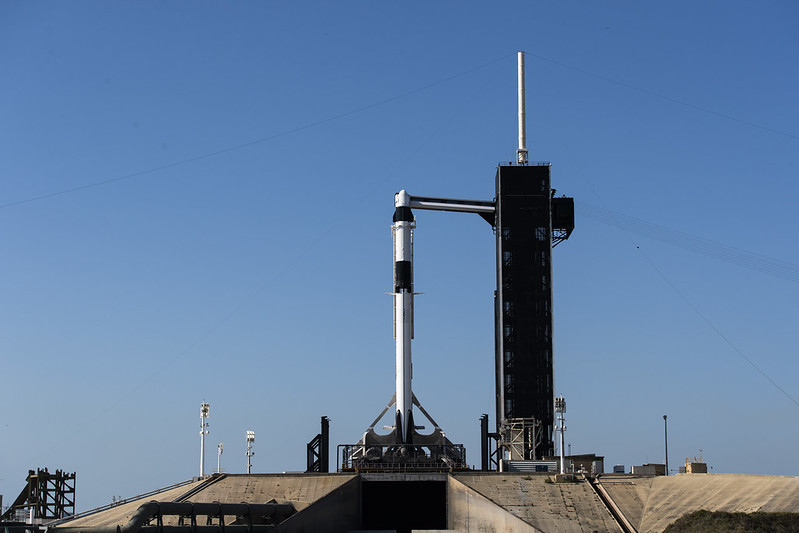
If all goes according to plan with the Demo-2 mission, SpaceX could be ready to launch the first operational Crew Dragon mission on Aug. 30, NASA administrator Jim Bridenstine announced in a press conference at Kennedy Space Center on Tuesday (May 26).
The Demo-2 mission isn't SpaceX's first rodeo with a Crew Dragon spacecraft at the International Space Station. In March 2019, SpaceX launched a Crew Dragon without any astronauts on board for the spacecraft's first test flight, called Demo-1.
While the Demo-1 mission to and from the orbiting lab went smoothly, the capsule exploded on a test stand at Cape Canaveral Air Force Station in Florida shortly after its return. SpaceX officials cited an "anomaly" during post-flight testing and opened an investigation into the cause of the explosion to make sure future Crew Dragon vehicles would be safe for astronauts.
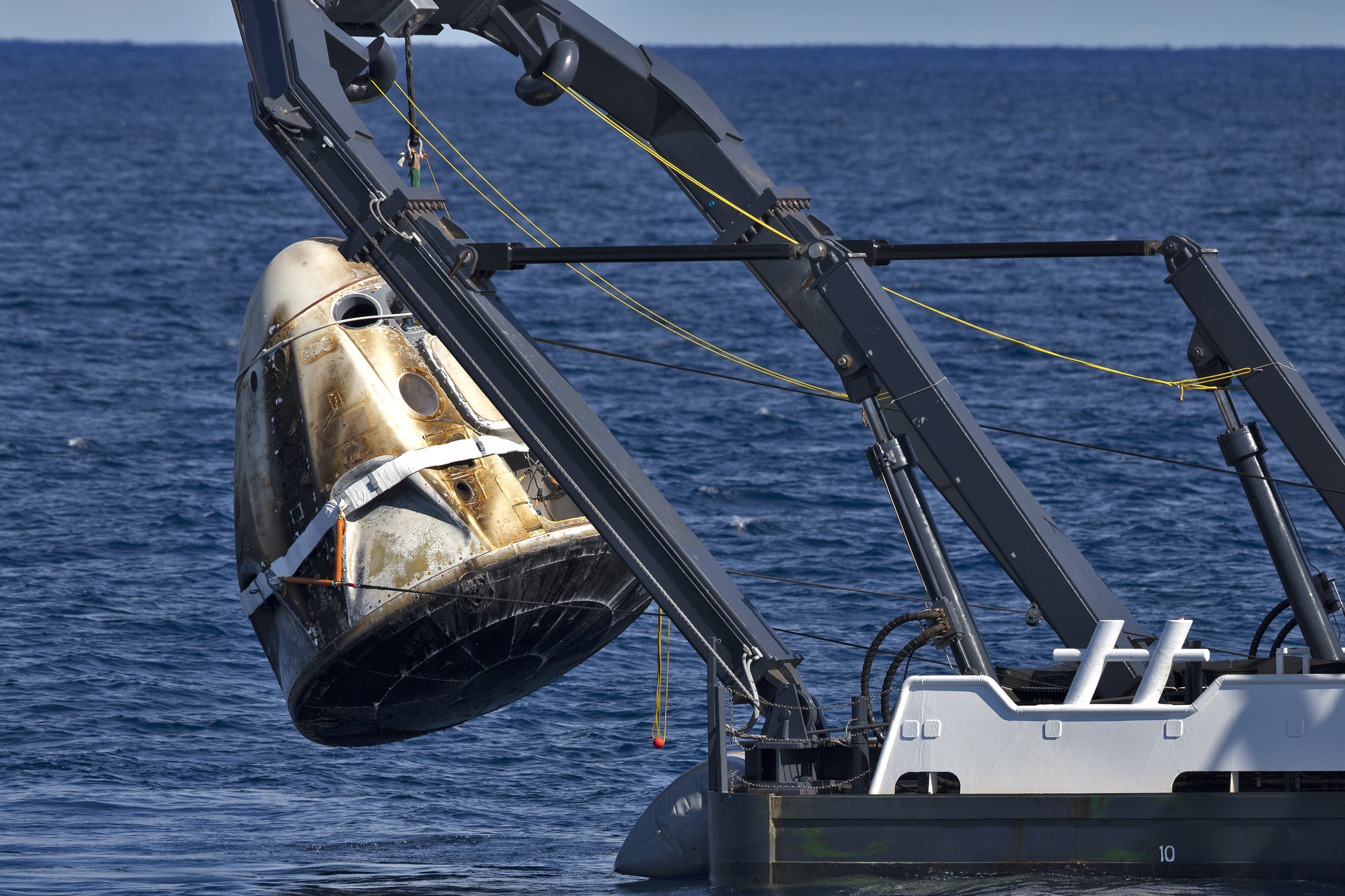
Boeing also recently completed an uncrewed test flight of its new astronaut taxi, called the CST-100 Starliner, but that mission was only a partial success. The uncrewed Starliner spacecraft failed to reach the space station after it launched in December 2019, and it had to return to Earth early. An investigation into what went wrong with Starliner's flight revealed numerous glitches and errors, some of which were potentially catastrophic, an independent review panel found.
Unlike the cargo missions or uncrewed test flights, SpaceX is now tasked with safely handling the most precious cargo of all: two human lives. With NASA astronauts Bob Behnken and Doug Hurley on board the Crew Dragon, the Demo-2 mission is SpaceX's effort to demonstrate that its new spacecraft is a safe and reliable means of transportation not just for NASA astronauts, but for potential commercial spaceflight passengers as well.
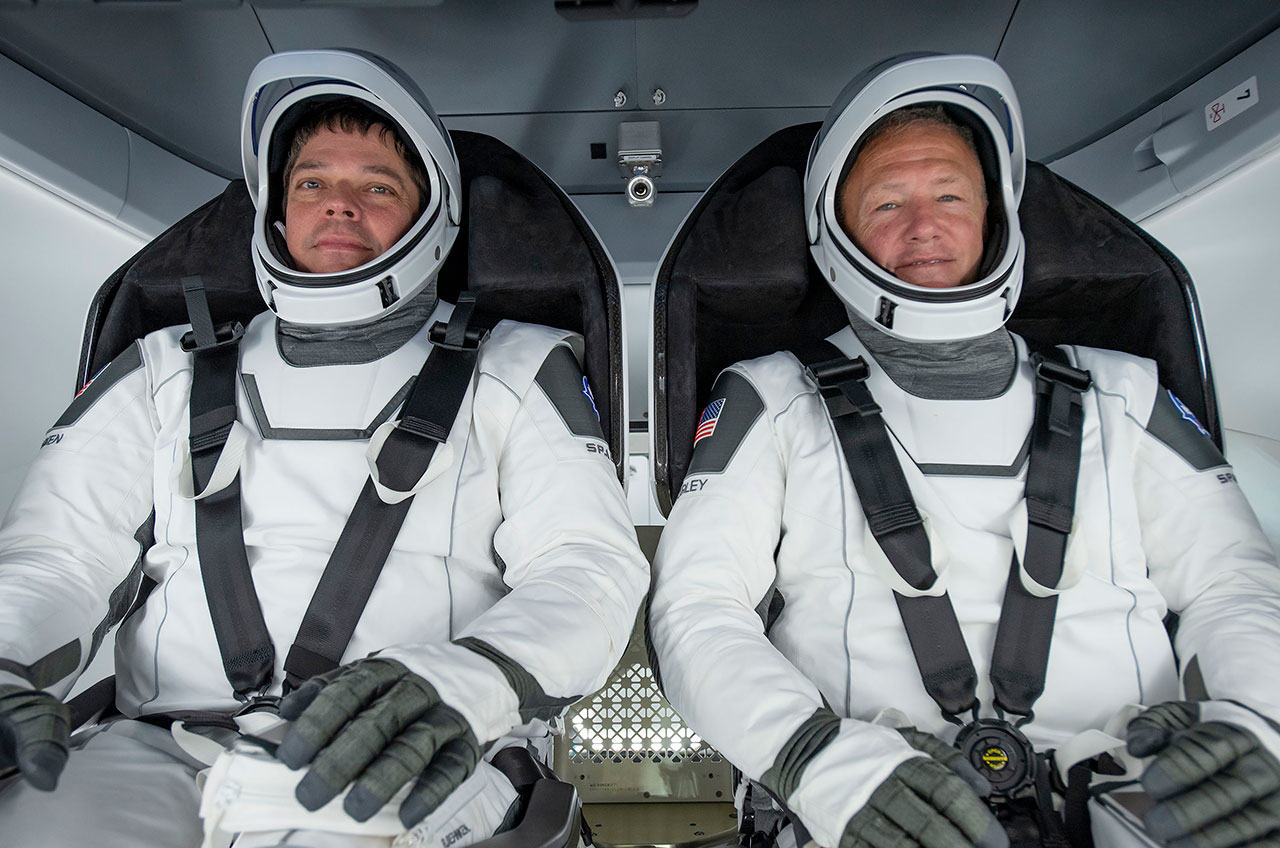
"This is a historic milestone," NASA deputy administrator Jim Morhard said Tuesday at the press conference. "In the past, NASA developed, designed, built and then operated spacecraft and rockets. This is the first time that a commercial company is building and going to operate this spacecraft and capsule."
"We're really looking to be a customer to SpaceX and other companies in the future. And that's what we're trying to do is to create and expand — really expand the economy in low Earth orbit," Morhard said. "That's really what this is about tomorrow."
- SpaceX will fly space tourists on Crew Dragon for Space Adventures
- How SpaceX's Crew Dragon Demo-2 mission will work in 13 steps
- SpaceX's Crew Dragon Demo-1 test flight in pictures
Email Hanneke Weitering at hweitering@space.com or follow her @hannekescience. Follow us on Twitter @Spacedotcom and on Facebook.
OFFER: Save 45% on 'All About Space' 'How it Works' and 'All About History'!
For a limited time, you can take out a digital subscription to any of our best-selling science magazines for just $2.38 per month, or 45% off the standard price for the first three months.
Join our Space Forums to keep talking space on the latest missions, night sky and more! And if you have a news tip, correction or comment, let us know at: community@space.com.

Hanneke Weitering is a multimedia journalist in the Pacific Northwest reporting on the future of aviation at FutureFlight.aero and Aviation International News and was previously the Editor for Spaceflight and Astronomy news here at Space.com. As an editor with over 10 years of experience in science journalism she has previously written for Scholastic Classroom Magazines, MedPage Today and The Joint Institute for Computational Sciences at Oak Ridge National Laboratory. After studying physics at the University of Tennessee in her hometown of Knoxville, she earned her graduate degree in Science, Health and Environmental Reporting (SHERP) from New York University. Hanneke joined the Space.com team in 2016 as a staff writer and producer, covering topics including spaceflight and astronomy. She currently lives in Seattle, home of the Space Needle, with her cat and two snakes. In her spare time, Hanneke enjoys exploring the Rocky Mountains, basking in nature and looking for dark skies to gaze at the cosmos.










